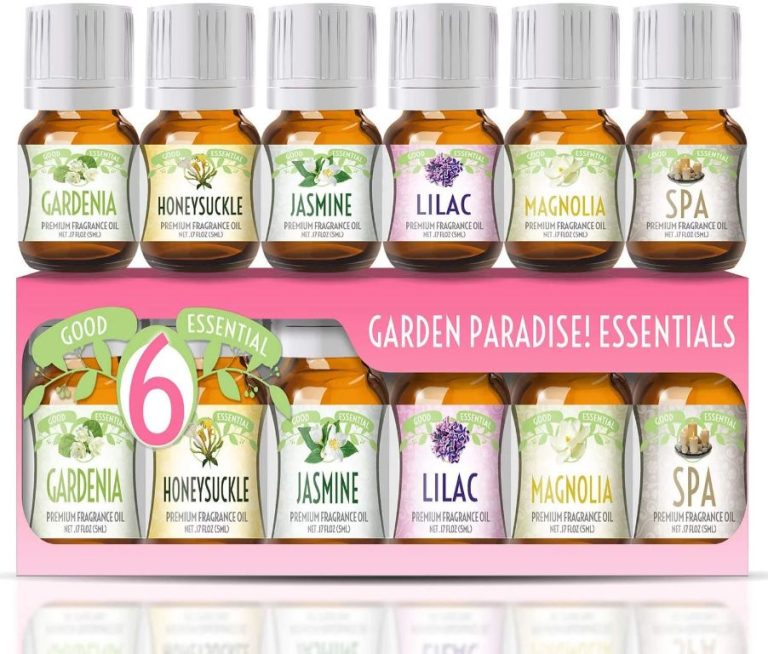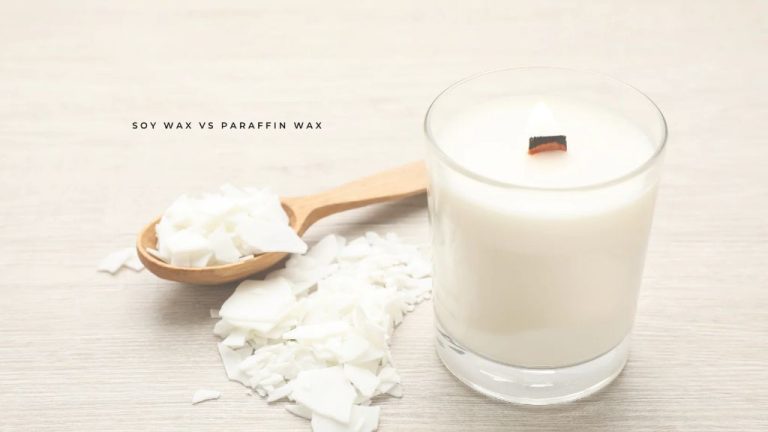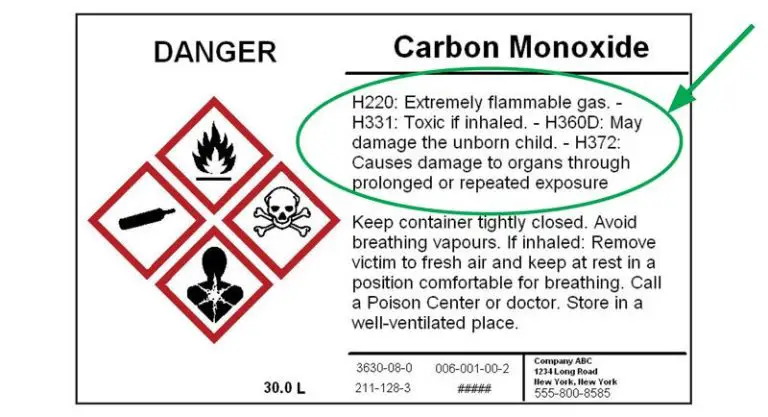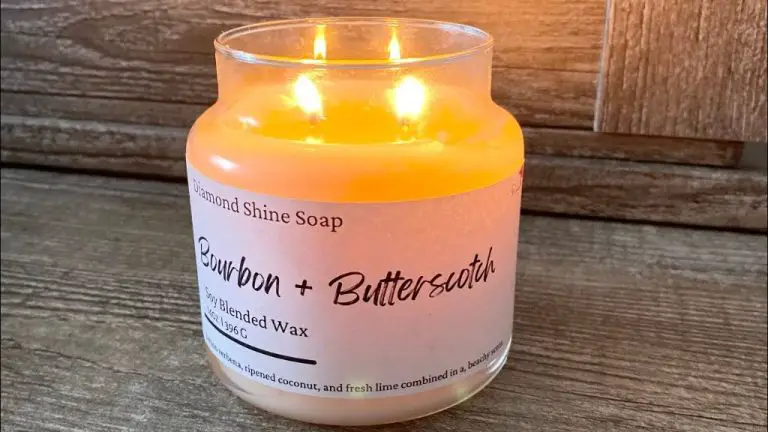Can I Use Beeswax On My Skin?
What is Beeswax?
Beeswax is a natural wax produced by honey bees to construct their honeycombs. Beeswax is secreted from eight wax-producing glands on the worker bees’ abdomens and is composed primarily of esters of fatty acids and various long-chain alcohols. The wax appears as translucent scales on the bees’ bodies which are then used by the bees to build the honeycombs in their hives (Source).
According to Merriam-Webster dictionary, beeswax is defined as “a substance that is secreted by honeybees and is used by them for constructing the honeycomb, that is a dull, typically yellow solid that is plastic when warm” (Source). It has a honey-like odor and varies in color from yellow to brownish. Beeswax has a low melting point range of 62 to 64°C (144 to 147°F). It is insoluble in water but soluble in alcohol, chloroform, ether, and other organic solvents.
The Cambridge English Dictionary describes beeswax as “the substance containing a lot of fat that bees produce, used for making candles and polish” (Source). So in summary, beeswax is a natural wax produced by honeybees for constructing honeycombs that has many uses for humans as well.
Benefits of Using Beeswax on Skin
Beeswax offers several benefits when used on the skin. One of the main advantages is its ability to moisturize. Beeswax forms a protective barrier on the skin that helps seal in moisture. This helps keep skin hydrated and prevents water loss through the epidermis (source).
In addition, beeswax has natural antibacterial properties. This is due to the presence of fatty acids that have demonstrated antimicrobial effects. Using beeswax may help protect skin from bacteria and other microbes (source).
Beeswax is also considered non-comedogenic, meaning it doesn’t clog pores. This makes it a good option for those with acne-prone skin. The wax doesn’t obstruct follicles or contribute to breakouts (source).
Additionally, beeswax acts as an occlusive agent, helping support the skin’s natural barrier. This protective layer locks in moisture and protects against environmental damage. Using beeswax may help strengthen and reinforce the skin’s acid mantle (source).
Potential Drawbacks of Beeswax
While beeswax offers many benefits for skin care, there are some potential drawbacks to be aware of. The main concerns with using beeswax on skin are allergic reactions and clogged pores.
Some people may have an allergy or sensitivity to beeswax (source). Beeswax allergies can cause red, itchy, irritated skin when applied topically. Rashes, hives, swelling and other signs of allergic reaction may occur. If you know you are allergic to honey, pollen, bee stings or other bee products, it is best to avoid using beeswax on your skin.
The occlusive nature of beeswax can also potentially clog pores, especially for those with oily skin types (source). By locking in moisture, beeswax can also lock in excess oils and sebum. For some, this can lead to increased breakouts and acne. Those with oily skin need to be cautious about using beeswax products on the face or other acne-prone areas.
While the risks are low for most people, it’s a good idea to do a patch test before applying beeswax widely. Start with a small amount on the inner arm and monitor for any irritation or clogged pores before broader use.
How to Use Beeswax on Skin
Beeswax can be used on skin in a variety of ways. Here are some of the most common applications:
As an ingredient in skincare products: Many commercially available lotions, creams, balms and cleansers contain beeswax. Look for it on the ingredient label. Beeswax helps hydrate skin and create a protective barrier. Products containing beeswax glide smoothly onto skin and are gentle enough for daily use.
In DIY recipes: You can make your own beeswax skincare products at home. Beeswax blended with oils like coconut oil, olive oil or almond oil makes an excellent moisturizing body butter or lip balm. You can also make your own cleansing oil by mixing beeswax with liquid oils. DIY beeswax skincare allows you to control the ingredients and customize products to your needs.
As a salve/balm: Beeswax mixed with herbs, oils and essential oils creates a healing salve that can be used to help soothe and protect dry, cracked or irritated skin. Beeswax salves lock in moisture and provide a soothing barrier. They can be applied to areas like hands, cuticles, feet, elbows or knees that need extra conditioning.
The moisturizing, soothing, sealing and emulsifying properties of beeswax make it very versatile for skin applications. Always do a patch test before widespread use to check for any sensitivities. Using beeswax can help nourish your skin naturally.
Beeswax Skin Products
Beeswax is a popular ingredient in a variety of skin care products including lip balms, lotions, creams and cleansers. It provides many benefits when applied topically thanks to its anti-inflammatory, antimicrobial and emollient properties (Beeswax For Skin).
Lip balms are one of the most common beeswax skin care products. Beeswax helps create a protective barrier on the lips to seal in moisture and prevent dryness and cracking. It also gives lip balms a thick, creamy texture. Popular beeswax lip balm brands include Burt’s Bees, Badger and Dr. Bronner’s (Honey Skin Care Products | Beeswax Skin Care).
Lotions, creams and moisturizers also frequently contain beeswax as an emollient. When blended into these formulas, beeswax helps soften and hydrate the skin while also creating an occlusive barrier to lock in moisture. Look for lotions containing beeswax if you have very dry skin.
Lastly, some natural cleansers and soaps include beeswax. It acts as a gentle surfactant to lift dirt from the skin without over-stripping the natural oils. And its antimicrobial activity may help keep skin clear of acne-causing bacteria.
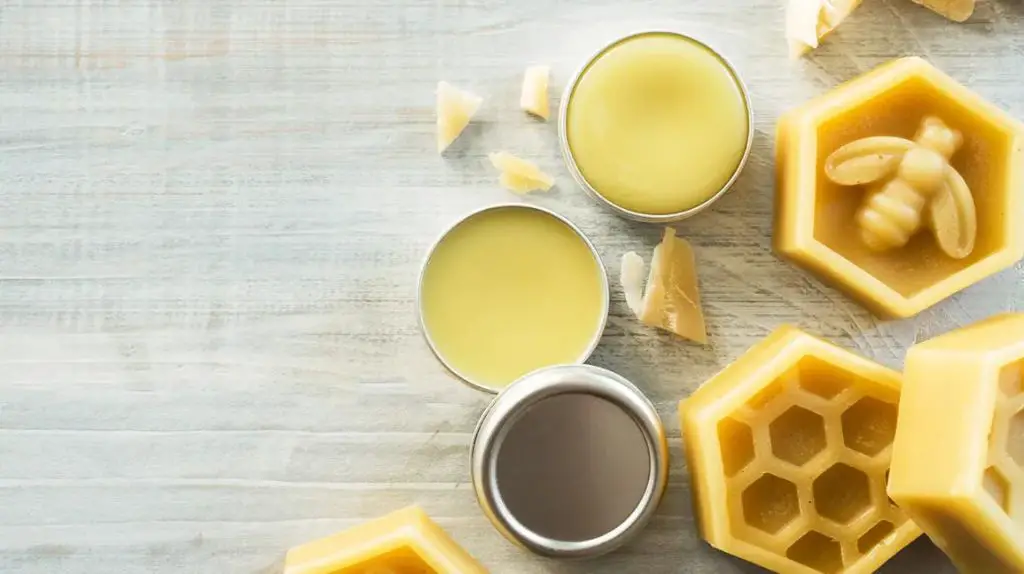
Safety Precautions with Beeswax
While beeswax is generally considered safe for topical use, there are some precautions to keep in mind:
Do a patch test before applying beeswax products to your skin for the first time. Apply a small amount to your arm and wait 24 hours to ensure no irritation or allergic reaction occurs. According to Healthline, some people may be sensitive or allergic to beeswax [1].
Avoid using beeswax if you have an allergy or sensitivity to honey, bee pollen, or other bee products. Reactions can range from mild to severe.
Source beeswax responsibly from ethical beekeepers. Look for products made with organic, unprocessed, raw beeswax. Refined beeswax may be more likely to cause irritation. The EWG provides ratings on many beeswax products [2].
As with any new skincare ingredient, introduce beeswax slowly and discontinue use if any negative reactions occur. Always do a patch test even if you’ve used beeswax before, as sensitivities can develop over time.
Comparing Beeswax to Similar Ingredients
Beeswax has some similarities to other common skin care ingredients like petrolatum, shea butter, and coconut oil. However, there are also some key differences between beeswax and these other ingredients:
Petrolatum is a petroleum-based product derived from crude oil refining. Like beeswax, it has emollient properties and can help seal moisture into the skin. However, petrolatum forms more of an occlusive barrier on the skin compared to the protective barrier beeswax provides. Petrolatum is not a natural ingredient like beeswax.
Shea butter is derived from the nuts of the African shea tree. It is rich in fatty acids and also provides moisturization for the skin. However, shea butter is softer than beeswax and melts at a lower temperature. Shea also does not have the same thickening properties as beeswax.
Coconut oil contains medium-chain fatty acids that also help moisturize skin. However, coconut oil can be comedogenic for some skin types. Beeswax is considered non-comedogenic. Coconut oil also lacks the protectant effects of beeswax.
While these ingredients share some emollient qualities with beeswax, beeswax offers unique benefits from its combination of protective barrier, humectant, and emulsifying abilities that the other ingredients lack. When comparing ingredients, beeswax stands out for its versatility in skincare formulations.
Other Ways to Use Beeswax
Beeswax has many versatile uses beyond skin care. Some of the most popular ways to use beeswax include:
Furniture Polish
Beeswax makes an excellent natural furniture polish. The wax helps condition and protect wood while giving surfaces a light glossy shine. To make a basic beeswax furniture polish, simply melt 1 part beeswax with 2 parts olive oil or another carrier oil. Allow to cool and harden, then rub a small amount onto wood using a clean, soft cloth 1.
Art Medium
Beeswax is a common ingredient in art supplies like crayons, modeling clay, and encaustic paints. It helps bind pigments and gives a smooth texture. Artists often blend melted beeswax with oil paints as a painting medium. The beeswax thickens the paint while helping it glide onto canvas more easily 2.
Candlemaking
Of course, one of the primary uses for beeswax is candlemaking. Beeswax candles burn brighter and longer compared to paraffin wax. They are also non-toxic and emit negative ions that help clean the surrounding air. Beeswax candles require wicks specially made for beeswax to properly soak up the wax and burn cleanly.
Frequently Asked Questions
Here are some common questions about using beeswax on skin:
Is beeswax safe for skin?
Yes, beeswax is generally considered safe for topical use on skin. It is a natural product made by honeybees that has emollient and humectant properties to moisturize skin (source). Beeswax is not known to be toxic or cause allergic reactions for most people.
Does beeswax clog pores?
Beeswax has a thick, waxy texture so there is a possibility it could clog pores for some people. Those with oily skin or acne may want to do a patch test first. However, when combined with other ingredients in skin care products, beeswax is usually fine for most skin types.
Can you put beeswax directly on your skin?
Yes, you can apply beeswax directly to the skin. It is best to melt the beeswax first by heating it up to make it easier to spread. Allow it to cool before applying. Pure beeswax may feel heavy or sticky on skin, so it is often combined with oils and butters.
Does beeswax moisturize skin?
Beeswax acts as an emollient and humectant, meaning it helps draw moisture into the skin and seal it in. It can help soften and condition dry skin when used in moisturizers, creams, balms and lotions (source).
The Bottom Line
In summary, beeswax can provide benefits when used on the skin but there are also some potential drawbacks. Beeswax is a natural wax produced by worker honeybees that contains fatty acids, vitamins, and antioxidants. It provides moisture, softness, and creates a protective barrier that supports the skin’s natural moisture barrier (https://pubmed.ncbi.nlm.nih.gov/36999457/)
The benefits of using beeswax on skin include softening and hydrating dry skin, protecting skin from environmental damage, providing antimicrobial effects, and boosting collagen production. However, potential drawbacks include causing issues for people with allergies or sensitivities. Beeswax can also feel greasy or clog pores for some (https://onlinelibrary.wiley.com/doi/full/10.1111/jocd.15718).
When used properly and for the right skin types, beeswax can be a good natural moisturizer and protectant. But those with oily skin or allergies may want to avoid it or conduct a patch test first. Overall, beeswax is a versatile ingredient that can provide skin benefits when used carefully and sparingly.

